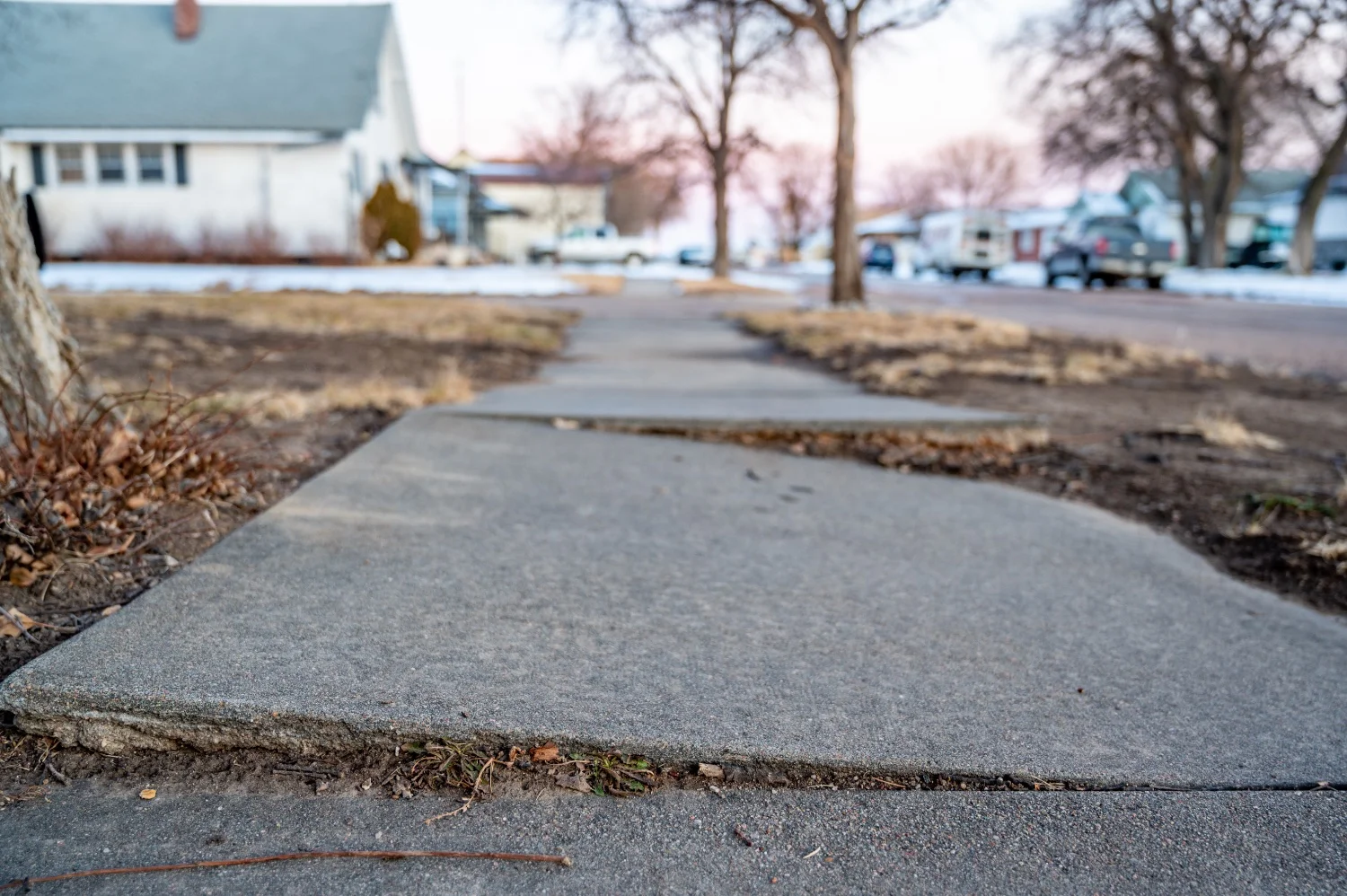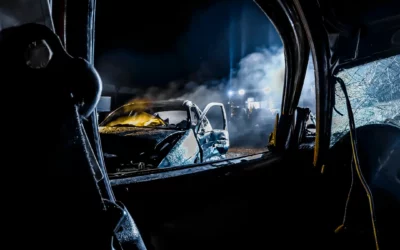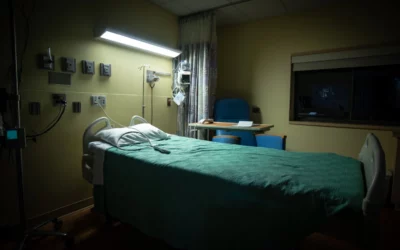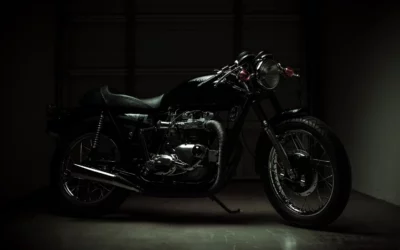Slip and fall accidents are more than just momentary inconveniences; they can result in serious injuries, financial burdens, and legal complexities. Unfortunately, there are several myths surrounding these incidents that can cloud judgment and hinder the pursuit of justice. In this blog post, we aim to dispel common misconceptions associated with slip and fall accidents, shedding light on the truth behind these often misunderstood incidents.
1. It’s Always the victims Fault:
One prevailing myth is the assumption that slip and fall accidents are always the fault of the victim. Contrary to this belief, premises liability laws hold property owners accountable for maintaining safe conditions. If a hazard exists that the property owner knew or should have known about, and they failed to address it, they may be liable for resulting injuries.
2. Minor Injuries don’t Warrant Legal Action
Another misconception is that only severe injuries justify pursuing legal action. In reality, even seemingly minor injuries can have long-lasting consequences, leading to medical expenses, pain and suffering, and loss of quality of life. Victims have the right to seek compensation for their damages, regardless of the perceived severity of their injuries.
3. If you didn’t see the hazards, you can’t sue
Some individuals believe that if they didn’t see the hazard that caused their slip and fall, they have no grounds for a lawsuit. However, the law recognizes that victims may not always be aware of the dangers, especially if they are hidden or not easily visible. Property owners still have a responsibility to maintain a safe environment and warn of potential risks.
4. Slip and Fall Claims are easy to prove
Contrary to the belief that slip and fall claims are straightforward, proving negligence in these cases can be complex. Establishing that the property owner knew or should have known about a hazard requires careful examination of evidence, witness testimonies, and sometimes expert opinions. Each case is unique and demands a thorough investigation.
5. You Can Only Sue for Immediate Injuries
Some mistakenly believe that legal action is only viable for injuries sustained immediately after a slip and fall. In reality, injuries may manifest over time, and individuals have the right to seek compensation for delayed or latent effects resulting from the accident. This includes conditions that become apparent weeks, months, or even years later.
6. If you Contributed to the Fall, You can’t sue
Comparative negligence is a legal principle that recognizes the possibility of shared responsibility for an accident. Even if a victim played a role in the incident, they may still be eligible for compensation. The legal system assesses the degree of fault for each party, and damages are adjusted accordingly.
Seeking Justice in Slip and Fall Cases
Dispelling these common myths is crucial in promoting a fair understanding of slip and fall accidents. Victims deserve accurate information and the opportunity to seek justice when negligence leads to their injuries. By challenging misconceptions, we empower individuals to make informed decisions, protect their rights, and hold accountable those responsible for maintaining safe premises. If you or a loved one has experienced a slip and fall incident, remember that seeking legal advice can provide clarity and guide you through the process of pursuing rightful compensation. Shane Gosdis wants to protect you. To schedule a consultation call (385) 429-9960 today.




